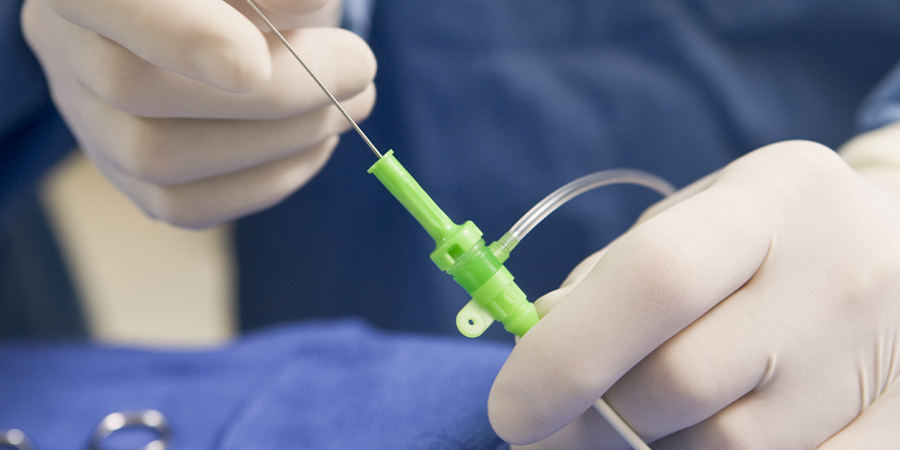


Smoothly transferring a legacy program for a global cardiovascular OEM

When a supplier shifted business strategies, a globally leading cardiovascular OEM needed to find a new contract manufacturing partner – and fast – for one of its legacy Class II cardiac devices. The medical device components comprised dozens of intricately molded and overmolded parts and sub-assemblies with tight tolerances.
Importantly, the legacy product’s in-motion supply chain could not be interrupted. The incumbent supplier owned the capital equipment used to manufacture the product and would be in full production during the transition. The OEM could share the initial CAD drawings and specifications and some existing molds, but historical information pertaining to the molds, processes, qualification details and quality-related issues was sparse. Consequently, the new team would need to adapt the existing molds and quickly design, develop and validate new tooling and manufacturing processes. The new team also had to ensure production could meet ongoing demand before the existing inventory ran out.
Recognizing the significant challenge, the global OEM asked our team to take over the program. Already a preferred contract manufacturer, we offer the deep expertise, rigorous processes and quality needed. We develop and manufacture similar ablation technologies for several industry leaders. The vertically integrated in-house capabilities help ensure continuity and consistency, while saving time compared to using multiple vendors. In addition, our processes and procedures harmonized with the global OEM’s production part approval process
(PPAP).
Understanding what was at stake, we created and implemented a thorough plan with aggressive-but-realistic timelines and built-in contingencies to manage the transfer. Because our team implemented its robust, proven development and validation processes, potential production issues were identified and resolved early on. Initial testing revealed the existing molds would require too many modifications to meet requirements efficiently and effectively. As such, the OEM and our team agreed to develop new tooling for the majority of the parts. This involved:
With clear communication throughout the design and development processes and scope shifts, our team worked closely with the OEM to successfully transfer the program. The legacy product continues to meet the needs of customers around the world. And the new tooling, rigorous inspection and efficient manufacturing production processes ultimately make the legacy product less expensive to manufacture for the global OEM.
